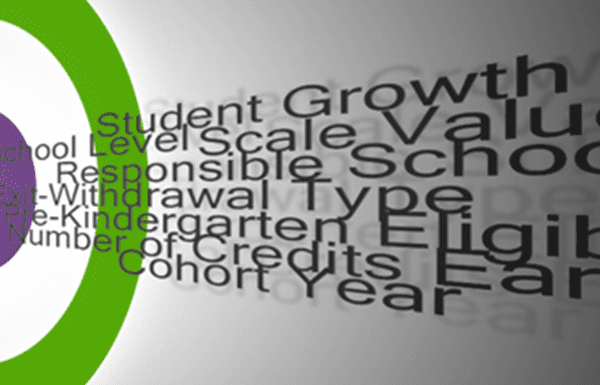Every Journey Begins with a Single Step
On the road to information management, a great deal of time is spent doing “data archaeology” and “data wrangling”. Locating all the data created by and consumed within an organization can be a daunting task. Couple that with data that now resides off-site in cloud-based or third-party applications, you have a lot of discovery to do.
This was the case in public education, lots of systems collecting data with no central understanding of how these data can be categorized and defined to be analyzed and actionable. The National Education Data Model (NEDM) was an attempt made by the National Center of Educational Statistics to create a catalog of all of the recommended data a school should be collecting. In a lot of ways, NEDM started the discussion about an educational data standard; however, it did not consider the state’s laws regarding the collection and use of learner data. Soon states were once again looking for a standard for data governance. Further, NEDM defined elements for collection classified Personal Identifying Information (PII), and special rules were imposed by the Family Educational Rights and Privacy Act (FERPA).
In September 2010, the Common Education Data Standards (1.0) was released to the public. It defined the collection and values of 161 data elements. Fast forward to today, and version 7.0 contains over 5,000! CEDS works to streamline and assemble data models, tools, and metadata used within P-20W institutions and sectors. This is more than just an educational asset, but a living initiative that evolves with new standards put forth every year. CEDS initiative impacts personas from IT Developers and data stewards to policymakers and practitioners, ensuring the community of education stakeholders have a common understanding of the data management initiatives.
So why do educational agencies choose to align to CEDS? First, it allows for an intelligent and informed collection of data based on a specific intended use. Schools do not have a large IT staff to extract data and provide it for research, instead, they rely on a Student Longitudinal Data Store (SLDS) to store and integrate data from Student Information Systems (SIS), Learning Management Systems (LMS) and digital assessments. Educational agencies can collaborate, using a standard like CEDS in concert with open standard data movement tools, such as Ed-Fi and the Access for Learning (A4L) to collect, integrate and align. Successful implementations include Early Learning to Kindergarten feedback and actions as well as college and career readiness reports for feeder high schools.
Next time you get ready to tackle and educational information project, check out the CEDS 7.0 standard for a catalog of defined elements and relationships. A great place to start the journey!
For more insight into data initiatives in the Education space, contact us.






